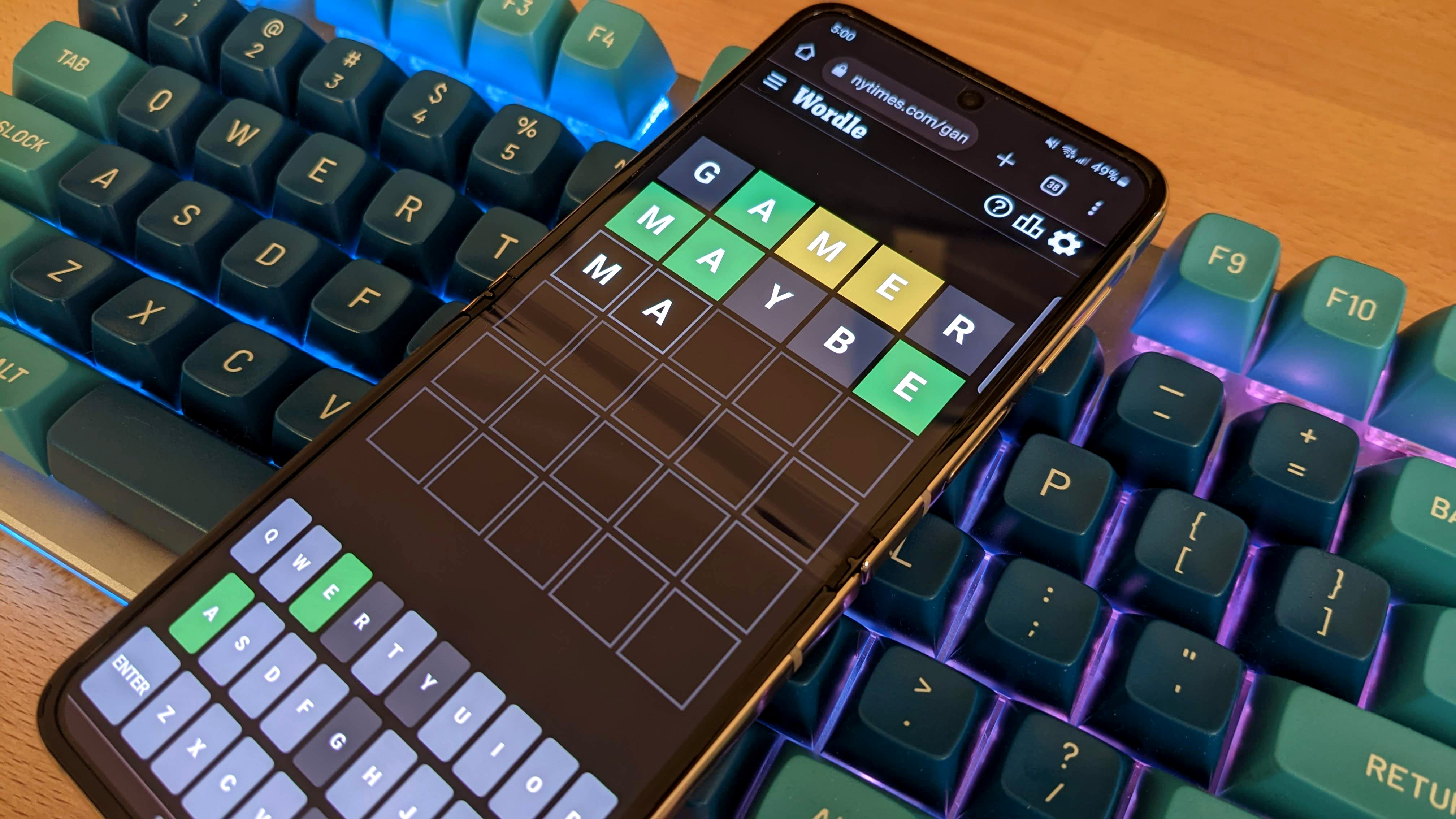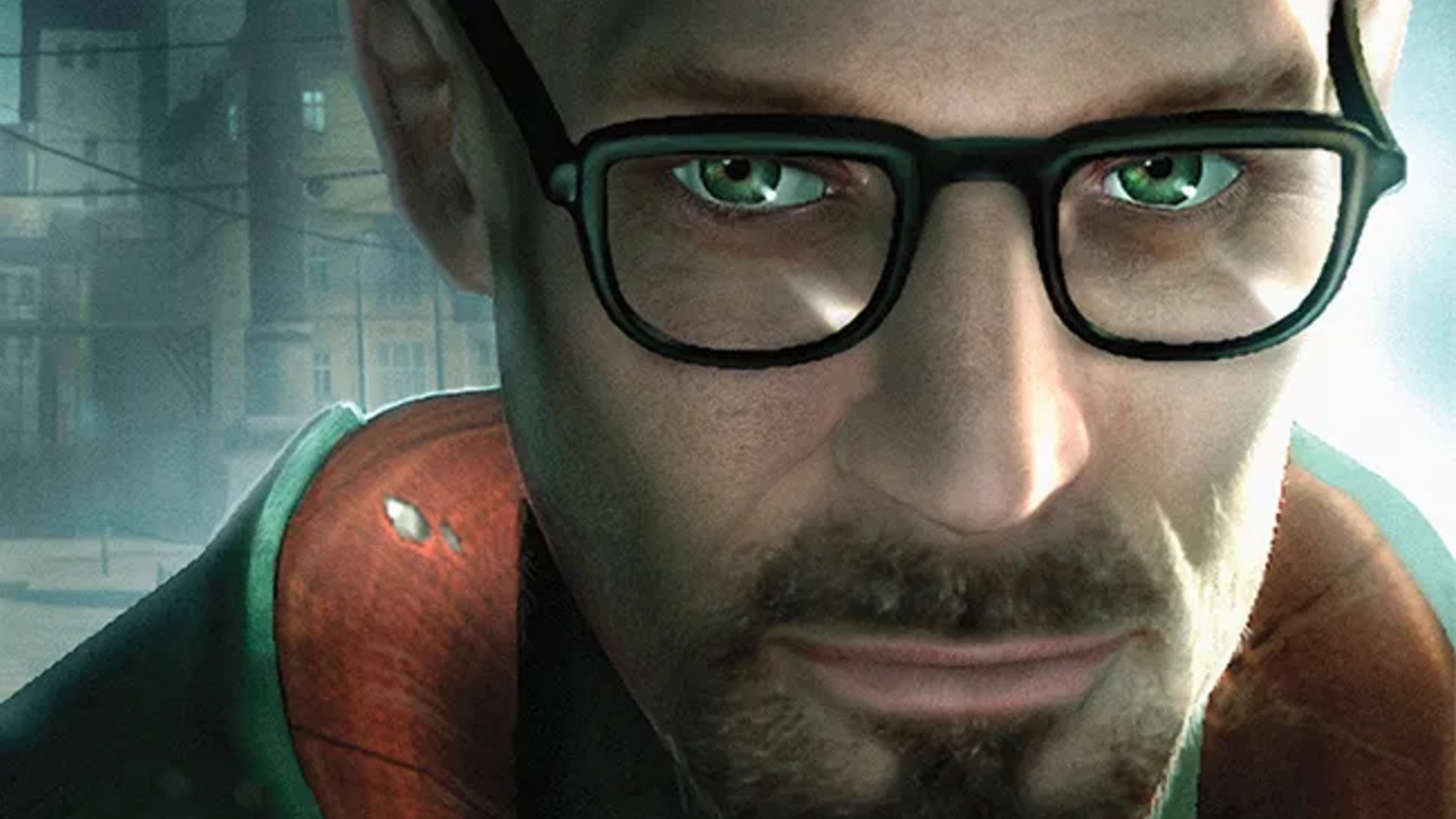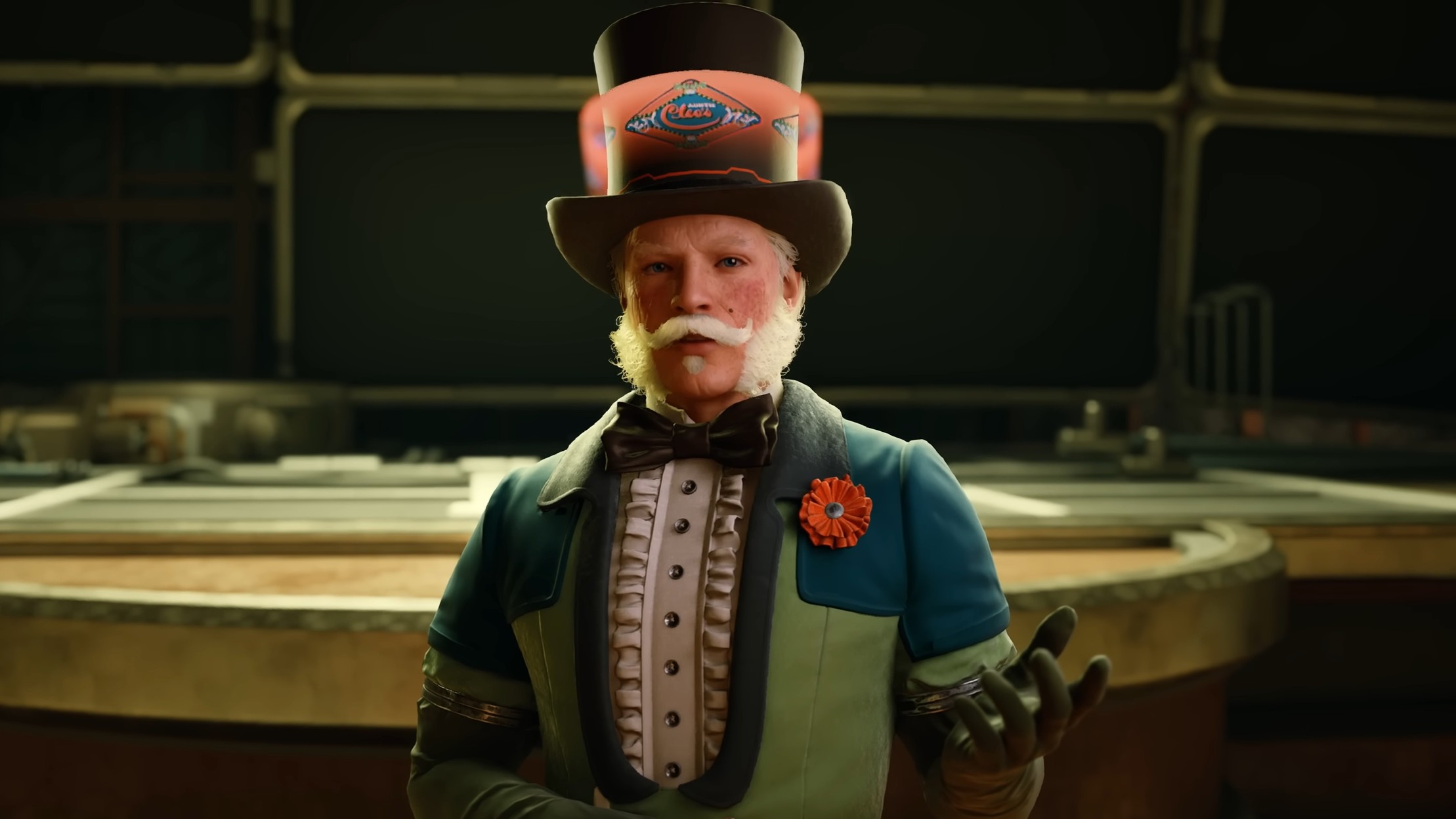
RKGK / Rakugaki Review - Paint This City
There’s initially something so tantalizing about RKGK / Rakugaki‘s bold usage of color in its anime-inspired art style. From the jump, the game’s story seems rambunctious and absurd in the best possible way, accompanied by gameplay where split-second decisions reward your well-timed jumps and dashes with brief explosions of color. As the game continues, however, the aesthetic of each level begins to run together and the underlying narrative loses steam, leaving only the platforming challenges to evolve in any meaningful way. So even though the story doesn’t leave a lasting impression, your acrobatic escapades through each level do, carrying the game to gratifying heights.
In RKGK, you play as street artist-turned-rebel Valah, who is set on taking her city back from Mr. Buff, a rotund megalomaniac set on enslaving the populace with hypnotizing billboard screens and an army of robots. With spray paint cans in hand, Valah does battle with Mr. Buff’s robotic minions in an assortment of third-person 3D platforming levels, returning to her home base between each mission to talk with her allies or switch outfits.
Each level of RKGK is a self-contained gauntlet of shifting platforms, explosive traps, twisting rails, and breakable containers that Valah must double-jump over, dash past, grind through, or smash. Enemies populate each level but are easily overcome with a quick spray of Valah’s paint–it’s not all that challenging or rewarding to take them down. Some provide an additional challenge by shielding themselves or releasing area-of-effect attacks, but nothing that comes close to stopping Valah, even on the harder difficulty where she has less health.








